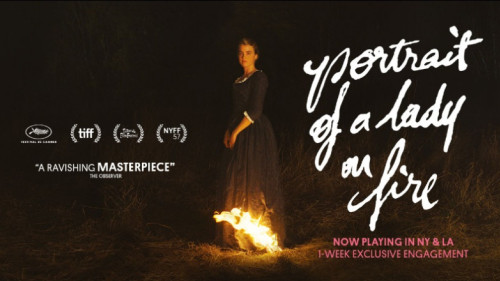Volume 25, Issue 5 / May 2021
Cult Cinema
In this issue
-

The Style of Sleaze: The American Exploitation Film, 1959-1977 (2018)
-

Dual Plots, Demon Possession, De Palma: Ruby as Interesting Failure
-

Laugh, Scream and Meow!?: The Voices of Cult Cinema Audiences
-

Shudder’s Joe Bob Briggs’ Last Drive-In: Sledgehammer and Things
Shot-on-Video Horror
-

Starship Troopers (Paul Verhoeven, 1997): A Different Kind of Bug Movie
This issue of Offscreen digs deep into the nebulous and fascinating area of films that refuse to die or ride away quietly into the sunset. Cult Movies. Cult Movies can be defined as films that generate love or veneration against all common sense. Bad movies. Movies that tanked at the box-office. Movies that are dusted off from anonymity and brought back to life by followers who show a cult like allegiance to the cause. Event movies. Party movies. What is fascinating about cult movies is that they are a testament to the fickleness of cultural value. While the mainstream audience may have spoken through box-office value, the same film can attain inestimable cultural capital expressed by a loyal base of supporters. A cult film becomes valuable to a select few not because it made a ton of money, but because they deem it to have entertainment value. What is odd is that while a cult fanbase sees their calling as a form of proselytization of their object of veneration, there is also the fear of it getting out beyond their followers and become too popular. This is debatable, but the cult film should not aspire to mainstream acceptance. Or, if it does become a mainstream success (as some have), then it is no longer a cult film. Cult movies often defy genre (para-cinema or psychotronic cinema) or class (high art/avant-garde vs low art/trash). This issue looks at different types of cult film and different ways of thinking of them. The issue starts off with Josh Heaps’ book review of Calum Waddell’s The Style of Sleaze: The American Exploitation Film (1959-1977). The Exploitation film being, of course, a category fodder for cult cinema in general. Katherine Coldiron’s essay looks at an unusual cult film item, Ruby (1977). Coldiron’s essay stems from her own ambivalence toward a film which she argues straddles two genres, the gangster film and the demon/horror film. The director Curtis Harrington’s own pedigree as someone with roots in the early American avant-garde scene of the 1950s and gothic/horror films in his later career makes for an interesting cult film study. My own essay “Shudder’s Joe Bob Briggs’ Last Drive In: Sledgehammer and Things” looks at a particular niche market, the shot-on-video horror films that blossomed in the 1980s. In “Laugh, Scream and Meow!?: The Voices of Cult Cinema Audiences” Justin Langlois approaches the cult film from a slightly different angle, arguing for the importance of the audience’s vocal interaction with the screen (big or small) as a vital component of the cult film experience. And capping off the issue is a film from a director, Paul Verhoeven, who has made two of the most remarkable cult films, Showgirls and the film analyzed by David G. Menard, Starship Troopers. While most writing on this film has noted the satirical manner in which Verhoeven exploits the aesthetic legacy of Fascism, Menard pushes the reading in the direction of a Post 9/11 Terrorist context. Enjoy! (Donato Totaro, ed.)









